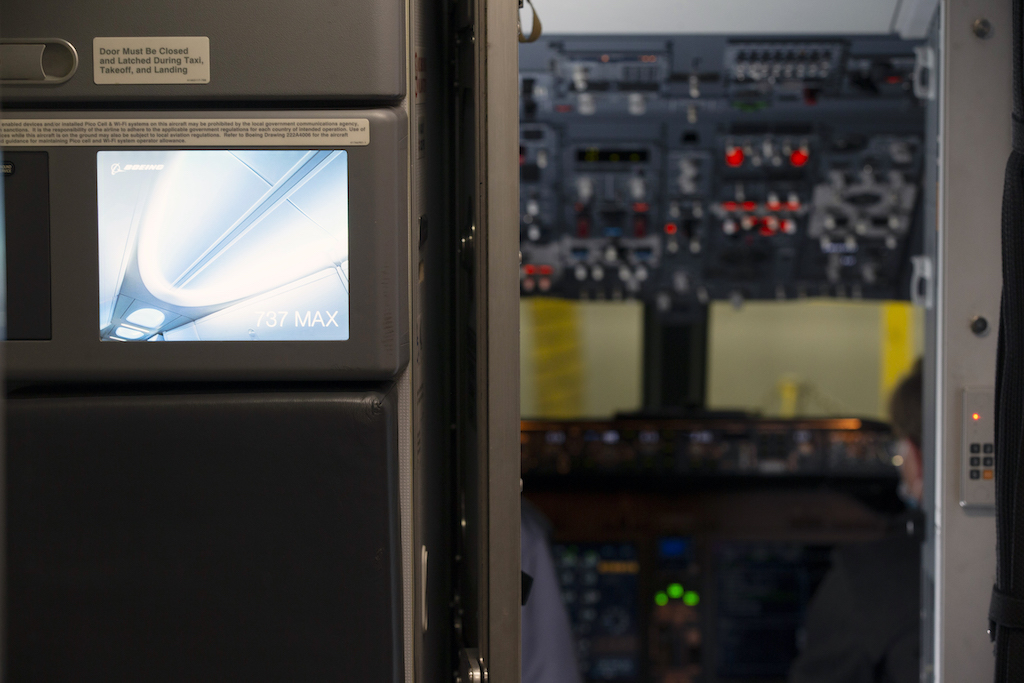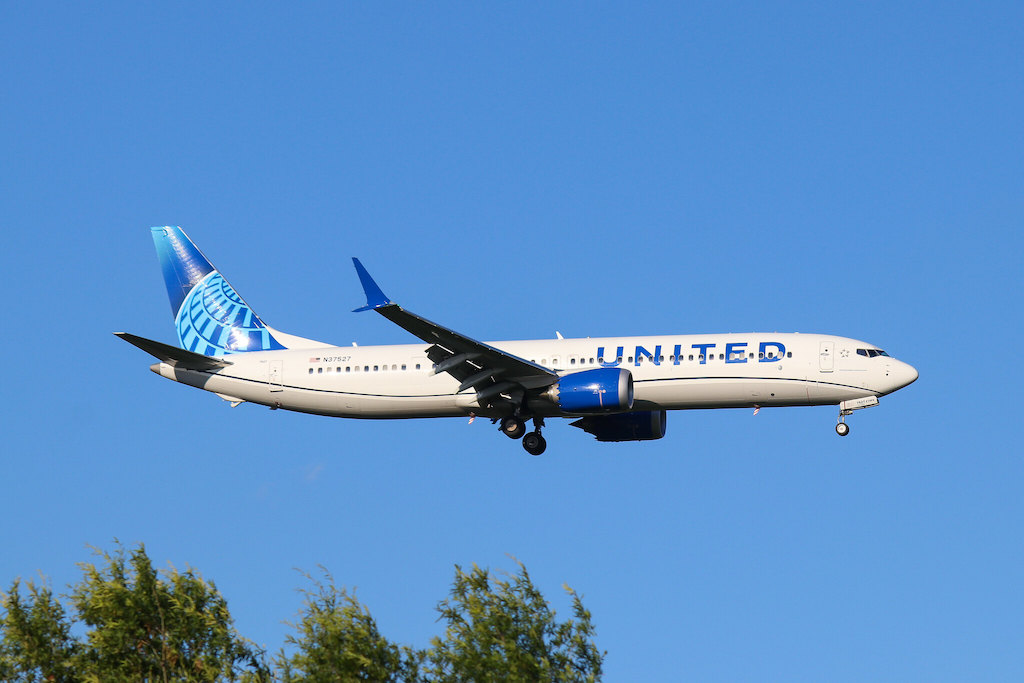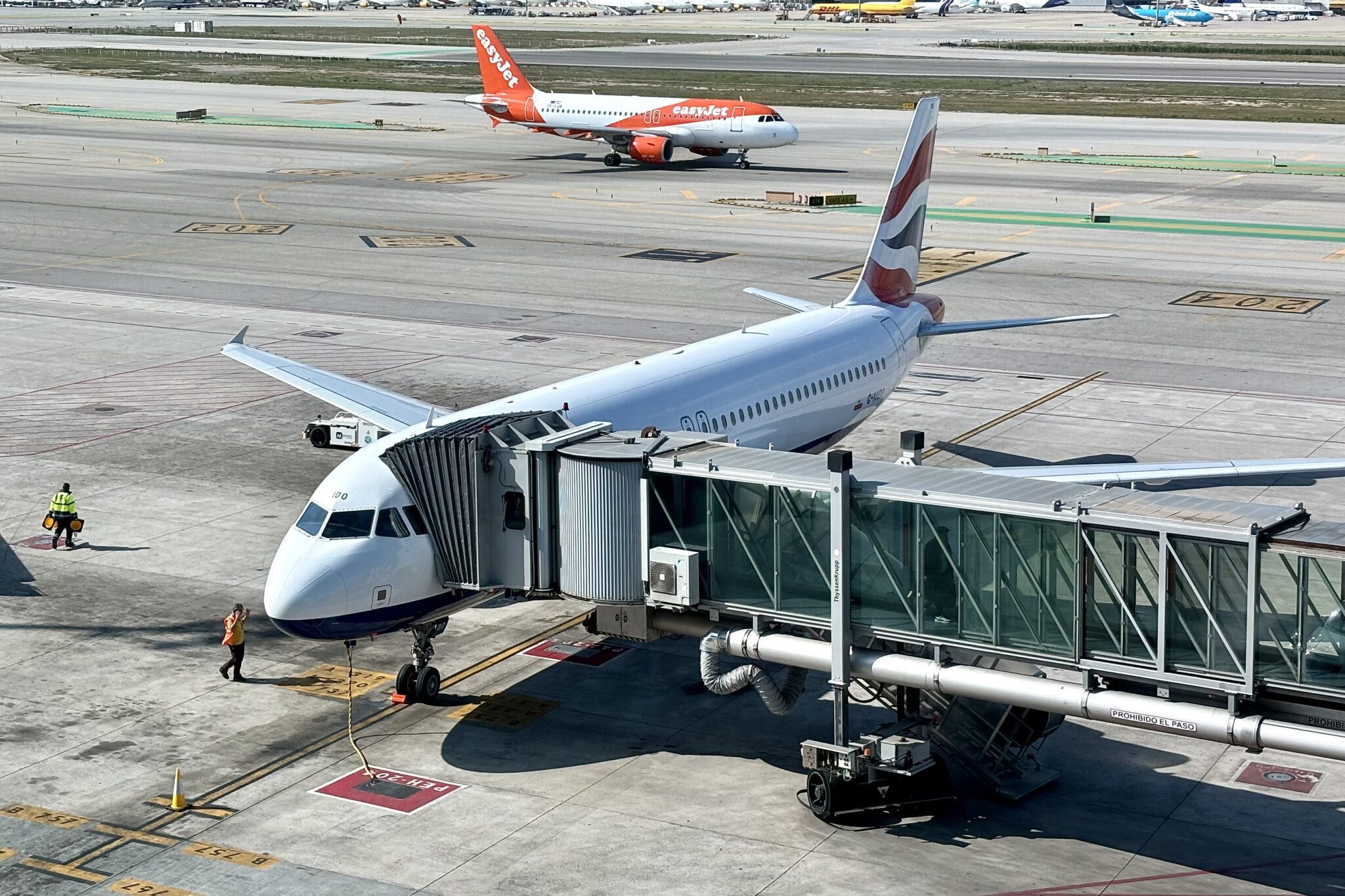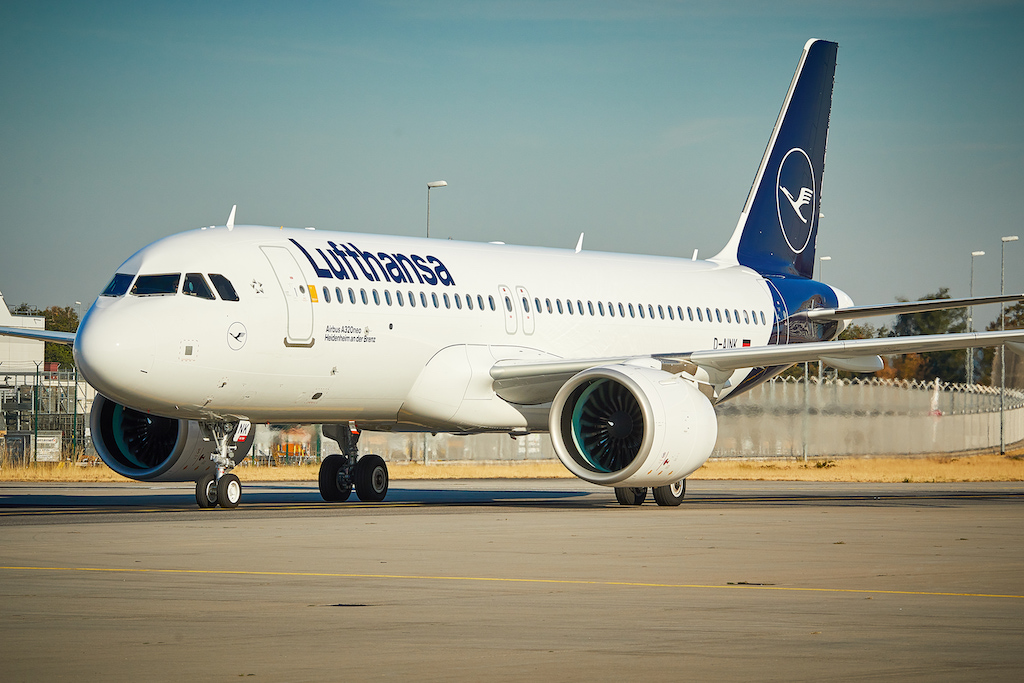No news is good news when it comes to proving an aircraft’s mettle, or at least that’s what the conventional wisdom holds. That’s true both for new, unproven models and for aircraft that have been through the media’s wringer.
This is to be the case for Boeing’s 737 Max. Since the latest iteration of the planemaker’s bread-and-butter jet returned to the skies with Gol on December 9, 2020, neither Boeing nor the airlines have mounted any publicity campaign to regain confidence in the aircraft. The Max was grounded from March 2019 through November 2020 after two deadly crashes took the lives of 346 people. In fact, the return is proving remarkable for how little fanfare it has received since those initial flights eight months ago.
“You are not going to convince people that the airplane is safe by running an ad in a newspaper. You’ve got to fly it and let it speak for itself,” The Air Current reported that William Speicher, then-group vice president of marketing at United Airlines, told the Los Angeles Times following the 37-day grounding of the DC-10 in 1979.
A smooth return did not always appear the case for the Max. During its nearly two-year grounding, the jet faced seemingly nonstop U.S. media coverage on whether flyers would ever return to the type when it flew again. Polls found that anywhere between 40 percent to two-thirds of potential travelers would either wait or never fly on a Max once it was re-certified. And despite skepticism that these views would hold once the plane resumed revenue service, Boeing took them seriously enough to map out detailed strategies for airlines to deal with nervous flyers. The planemaker emphasized that “human connection” with concerned travelers would work better than logic-based approaches, materials reported by The New York Times in December 2019 show.
But by and large, travelers appear unfazed by flying on the jet. On three separate Max-operated flights this year, this reporter observed no travelers express concerns with the aircraft. Flights were full and, when asked, several fellow flyers were unaware they were even on a Max.
“From the first day of flying to now, we just don’t see anyone having any concerns at all,” American Airlines Chief Operating Officer David Seymour told Airline Weekly. Few if any flyers have taken advantage of the Fort Worth, Texas-based carrier’s offer to switch to a non-Max operated flight, he added. American resumed 737-8 flights at the end of December and operates 41 aircraft today.
That sentiment appears to hold across Max operators based on interviews and public statements. Alaska Airlines and Ryanair went as far as to say that no passengers have taken advantage of the option to change to a non-Max flight for free.
“We’ve gone to some considerable length to indicate that if you want to get off the aircraft, you can and not one passenger in the first five weeks of operation has wanted to offload off the aircraft,” Ryanair CEO Michael O’Leary said in July. The airline and its subsidiaries fly 12 737-8200s.

And at Copa Airlines, Vice President of Flight Operations Captain Bolivar Dominguez said the carrier was not seeing “any restraint” from travelers to fly on the plane. “People’s minds are somewhere else and not on the aircraft,” he added in a nod to the Covid-19 pandemic. Copa operates 13 737-9s.
However, statements like these don’t account for travelers who avoided the aircraft during the booking process. But even then, many airlines are making it difficult to skip the Max entirely. For example, American operates only the Max to a number of Caribbean and Latin American destinations and Gol lists all of its flights as operated by simply a 737 — leaving the door open to any flight being on a Max. Both carriers say Max-operated flights are carrying comparable or higher load factors than ones flown with other aircraft.
“I think people would fly a kite to Florida if they could,” said one Max pilot at a major U.S. carrier who was not authorized to speak on the record. “People just want to go and they don’t care.”
A (Largely) Uneventful Return
There are 346 737 Maxes in service at 30 carriers around the world today, according to Cirium’s Fleets Analyzer and Boeing data. The largest operators are all in the U.S.: Southwest Airlines, American and United, with 68, 41, and 35 aircraft, respectively. And by Boeing’s count, the Max family has operated more than 111,000 flights since revenue service resumed in December. Impressive stats for a plane that was out of the skies for 637 days and has yet to be re-certified in several key markets, including China, India and Russia.
“The return to service was much better than we were expecting,” Gol Vice President of Operations Celso Ferrer told Airline Weekly. The changes mandated by global regulators as part of the Max’s recertification took roughly four days per aircraft including test flights, and the pilot training aspect about a day including mandated simulator time. Gol has retrained 60 percent of its pilots and aims to have all of its crews certified on the type by year-end. The airline operates 12 737-8s.
Per the FAA’s ungrounding order, airlines must update software for the flight control system to correct the flaw in the Maneuvering Characteristics Augmentation System (MCAS), which contributed to both the Ethiopian Airlines and Lion Air 737 Max crashes. There were also two additional software updates unrelated to the MCAS system and a mandated validation flight. And on the human side, pilots were required to undergo two hours of simulator training — something that was not required when the Max was first introduced in 2017 — before flying the plane in revenue service.

“In terms of continued problems and perceptions, we’re just not seeing anything,” said Greg Bowen, who chairs the training and standards committee at the Southwest Airlines Pilots Association (SWAPA). All of the Dallas-based carrier’s 9,000-plus pilots completed the required Max training by the time Southwest resumed revenue service on March 11. Bowen personally has piloted the Max several times, including on a recent Phoenix-Honolulu flight where it did a “phenomenal job.”
When asked about any teething issues with the plane, Bowen pointed to several known issues with the CFM International Leap-1B engines on the Max related to the engine shrouds and coking of the fuel nozzles. Both were identified prior to the grounding in March 2019 and fixes are in the works.
Teething issues are common with every new aircraft. Early Airbus A320neos with Pratt & Whitney PW1100G geared turbofan engines had significantly longer than industry standard cool-down cycles that posed issues for operators, including IndiGo and Lufthansa. These and other problems forced numerous carriers to postpone deliveries until they were rectified.
Union officials indicate that pilots like the Max and are confident in the changes from Boeing. Representatives of three unions said that crews were largely happy with the plane and added that, except at a select few airlines, training backlogs were the biggest challenge to getting more pilots in the cockpit.
The relatively smooth return has allowed the Max’s main selling points — its improved performance and efficiency gains — to shine. By virtue of its new generation engines, the aircraft is by definition more efficient than older narrowbodies. Alaska, Gol and Ryanair all confirmed that the Max is exceeding expectations in terms of fuel efficiency by up to five percentage points. Alaska sees fuel efficiency per seat that is 25 percent better on the 737-9 than the A320s it replaces; it forecast a 20 percent improvement in December.
From Confidence to Orders
“The simplest referendum I can give you is what we did in May, we went and doubled down for 13 more,” said Nat Pieper, senior vice president of fleet, finance and alliances at Alaska. After weighing both the A321neo and 737-9 to replace its aging A319s and A320s, the Seattle-based carrier committed to 36 Maxes at the end of 2020 and returned for 13 more in May.
With the orders and its previous commitments, Alaska plans to fly 65 737-9s by the end of 2023 — roughly the number Southwest flies today. However, Pieper did indicate that some of those Max 9s could become Max 10s, the largest variant of the jet.
Aeromexico, Gol, Ryanair, Southwest and United have also come back for more Maxes since the plane was ungrounded. While Alaska and Ryanair did so before they were flying the plane, the others only did so after they resumed Max flights and had an idea of the operational benefits. Not to mention that traveler fears were more of a mirage than anything else.
United made by far the largest commitment with its landmark order for 200 Maxes — 50 737-8s and 150 -10s — in June. Though Southwest is not far behind with 140 new orders to date in 2021.

This is good news for Boeing, which lost more than 560 net commitments for the 737 in 2019 and 2020. Those losses have been nearly wiped out with the 524 new orders for the Max that the planemaker recorded during the first seven months of this year.
However, Boeing cannot consider itself or the Max out of the woods until all countries sign off on the Max. The biggest of these is China, which was the second-largest airline market in the world in 2019 — and the largest in 2020 when U.S. carrier cut capacity precipitously — Cirium schedules data show. By Boeing’s own estimates roughly a third of 737 commitments are bound for China, though officially only 104 of the 4,045 outstanding Max orders are for Chinese carriers, according to the airframer’s official tally. Boeing flew a 737-7 to China earlier in August in the hopes of speeding re-certification.
Asked whether Copa planned to up its firm commitments for the jet, Dominguez said the airline was “comfortable” with where its orderbook stood and added that Max was “going to be an integral part of our fleet.” The airline has used the crisis to accelerate the retirement of its Embraer E190s and return to being an all-737 operator. Copa had 41 outstanding Max orders plus those in its fleet at the end of July, Boeing data show.
Seymour at American responded similarly when asked whether the U.S. carrier would order more Maxes. “We’re on the back end of a complete fleet refresh getting next generation aircraft,” he said, indicating that it had little need for more replacement jets at this time.
“The number of people that want to visit the cockpit after [a Max] flight is much bigger than the [737]NG,” said Ferrer on his view of the aircraft. “There is some positive enthusiasm around the plane.”





